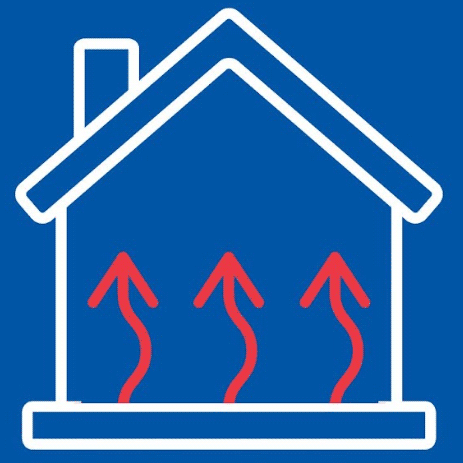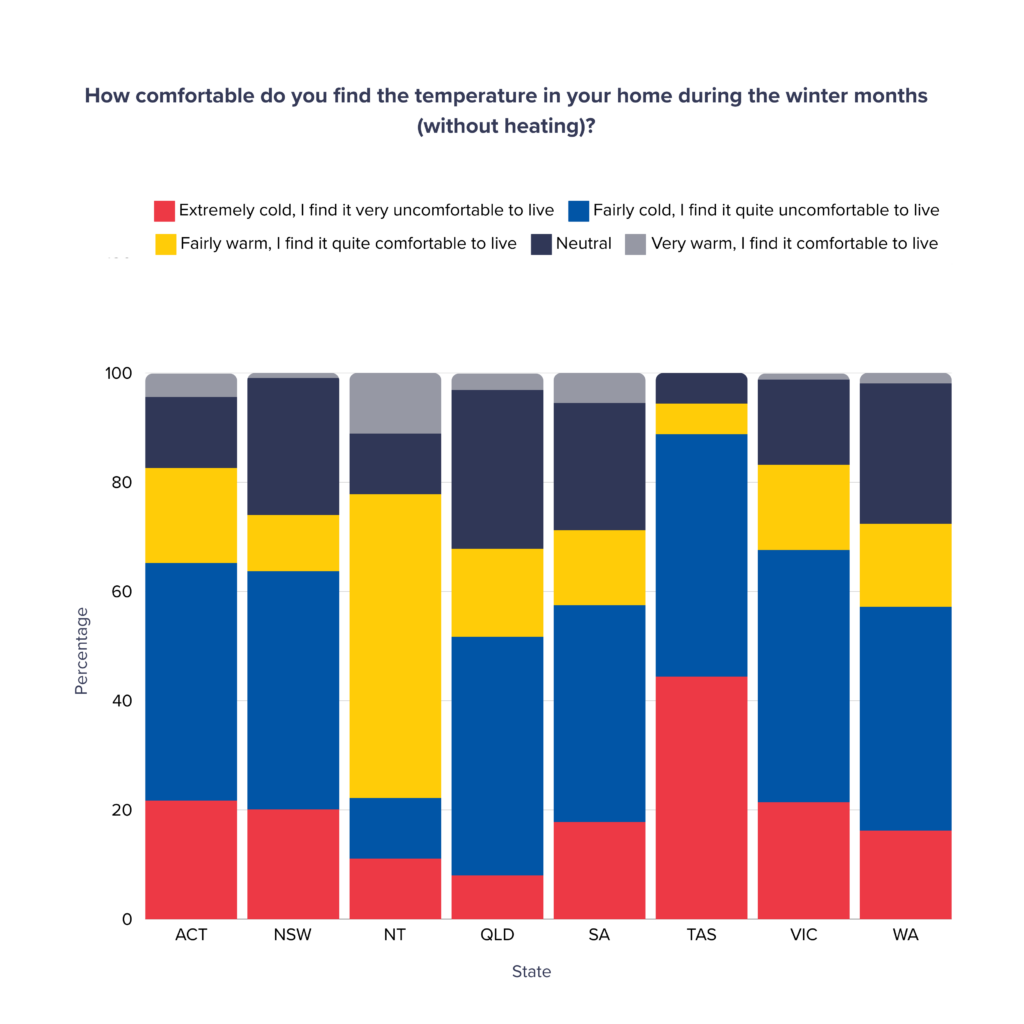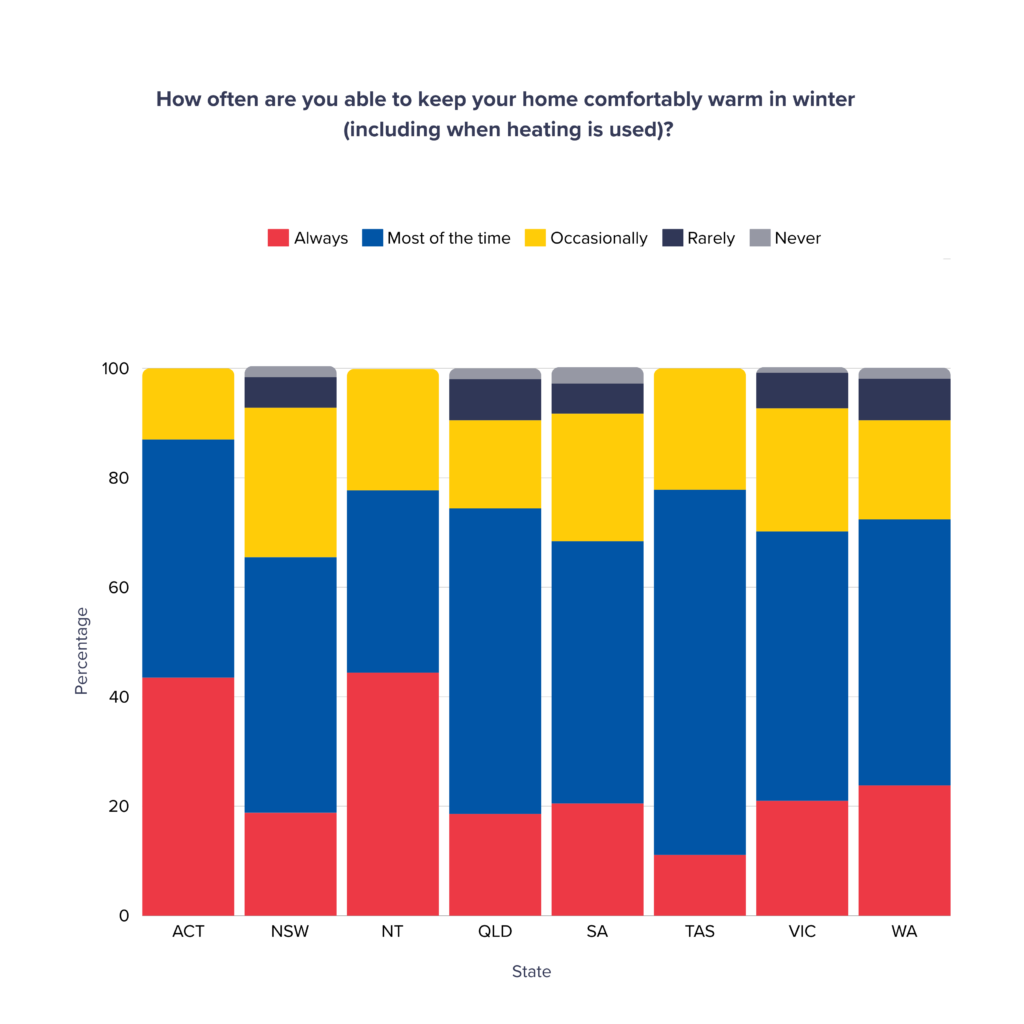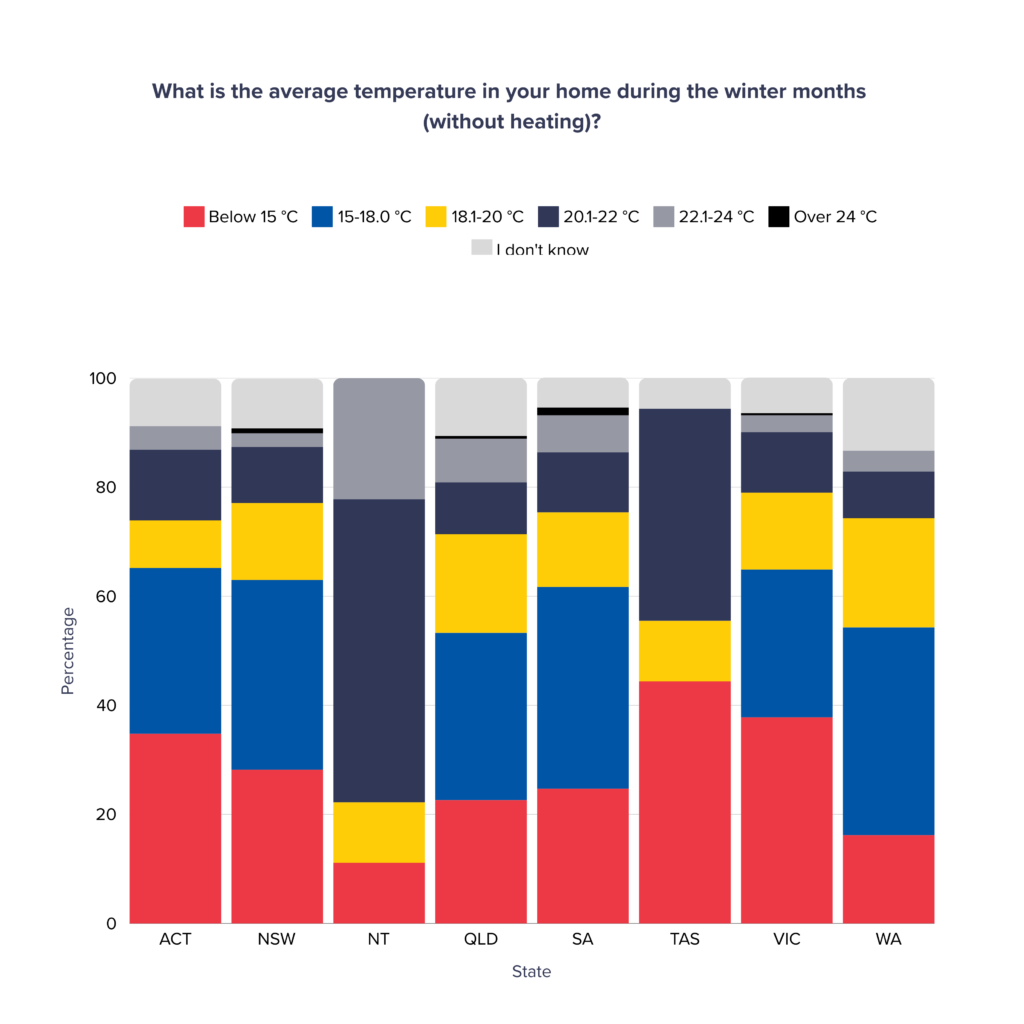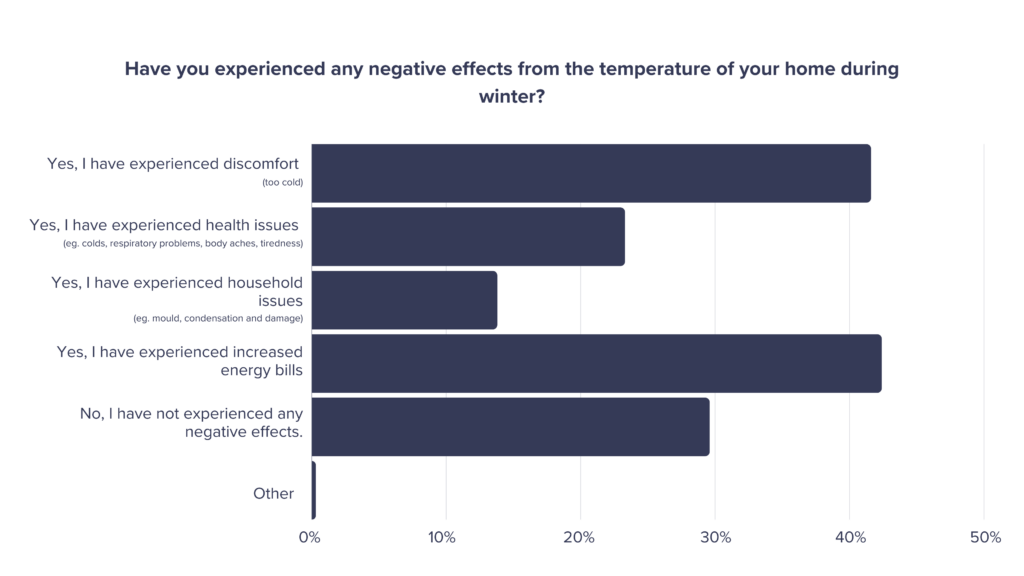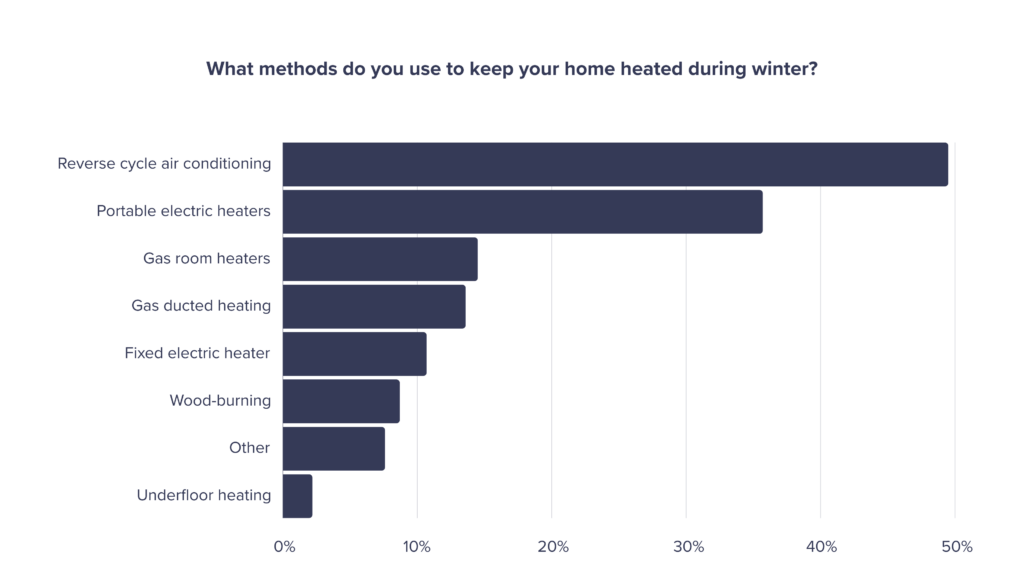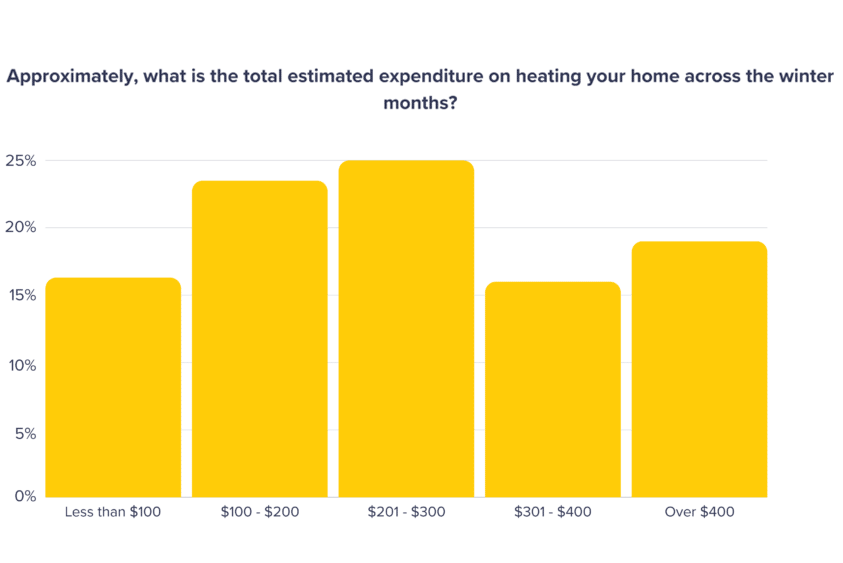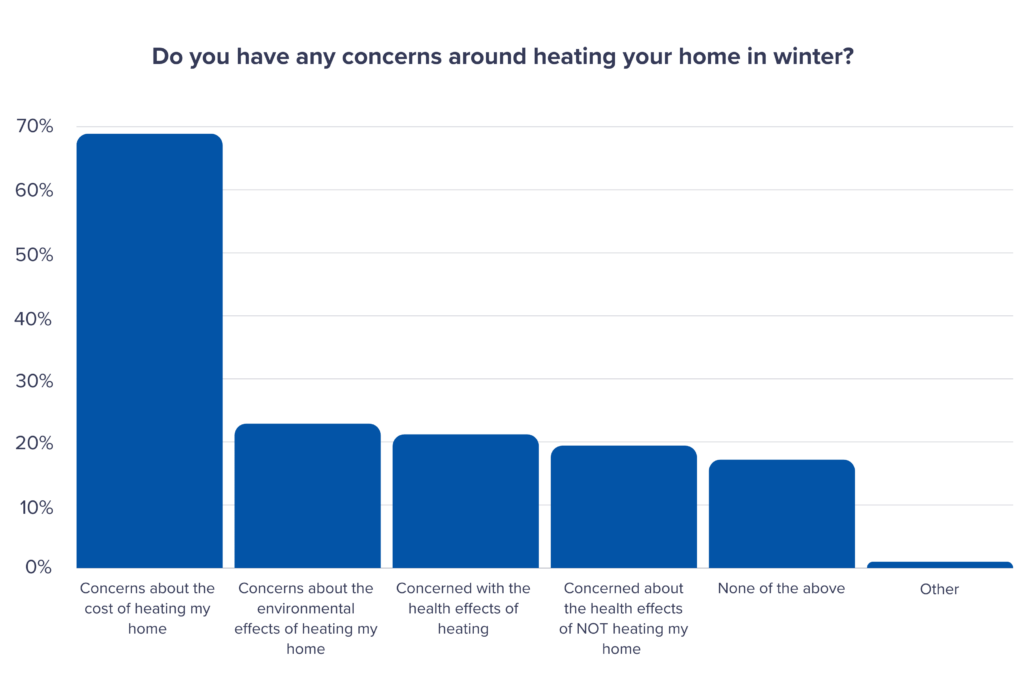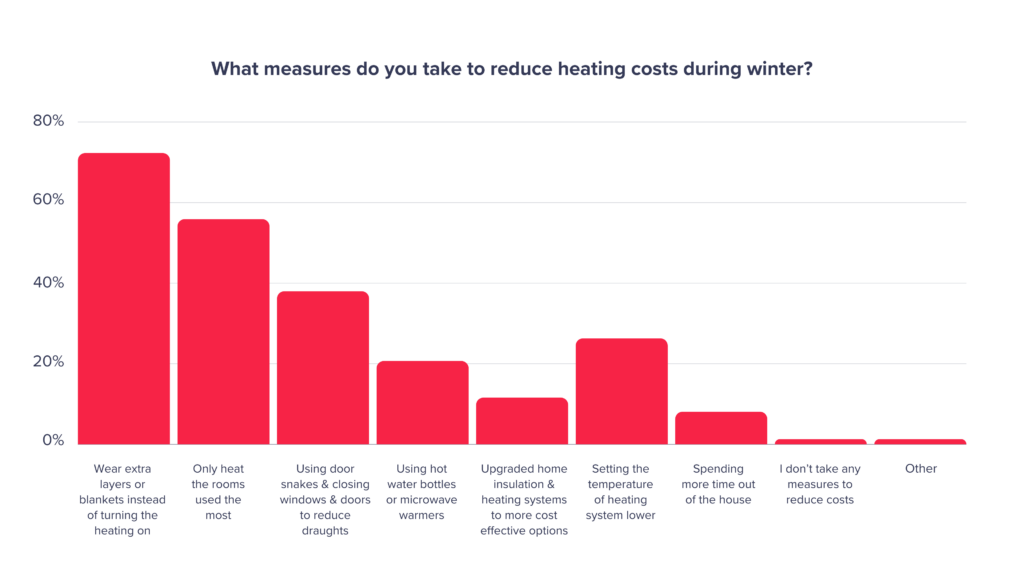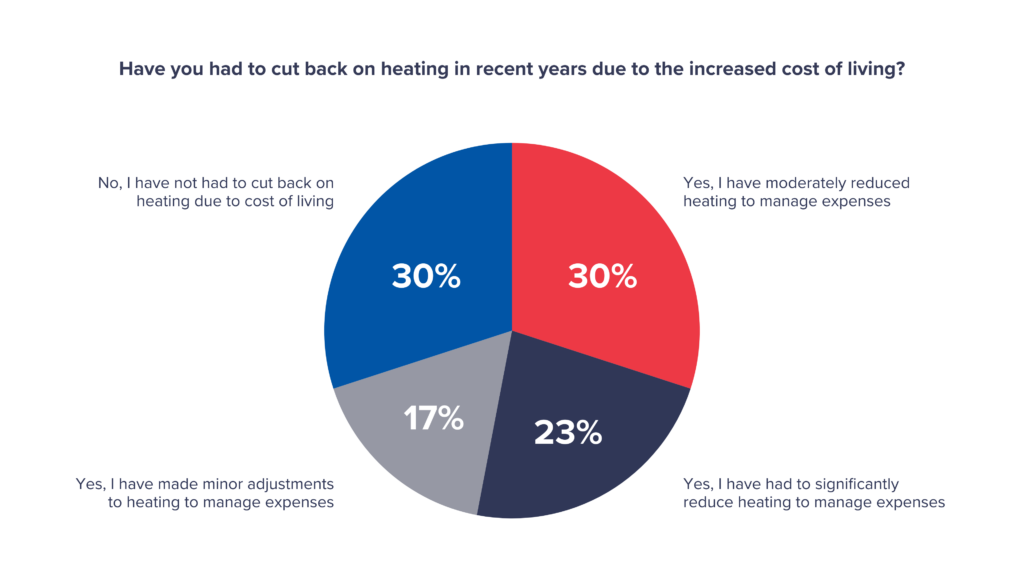© 2014 – 2025 All Rights Reserved. Alliance Service Group Pty Ltd t/a Alliance Climate Control Lic No. 271472C.
Google Rating
4.9
Based on 2042 reviews
Alliance Climate Control
4.9
Michael Kelly
1743405412
This company did a great job in changing over our ageing ducted system. The whole process from the initial enquiry, visit from the technician and the installation team was second to none. Alliance provided regular updates and ensured that communication was clear and costs were transparent. A great example of quality workmanship and professional customer service.
Jennifer Lindsay
1743399112
Alliance installed aircon to our 2 storey 1970s house. The team – Thomas, Gokhan, Dragan, Emre and led by Yunus, were fantastic, from arriving on time to leaving the house perfectly clean after the installation process. They went about everything professionally and expertly, always keeping us informed as they progressed through the various stages, and clearly explaining how the system would be configured and how it operates. They dealt with challenges such as working at heights, their workmanship inside and out was expert and immaculate. They were a pleasure to have in our home. Our great thanks to Yunus for all his thoughtful guidance and each of the team, who all went out of their way to ensure a remarkable job, exceeding our expectations.
Julian SW
1743394039
Very professional and thorough. No damage and all mess cleaned up. New air con working flawlessly.
Mitchell Ryan
1743312188
Yunus and team were very professional and did a very neat job. Worked late Friday afternoon and evening to get it done.
chris Portelli
1743232927
Extremely helpful, the team that installed the New air conditioning fantastic they went out of there way, also cleaning up afterwards. Big shout out to Yunus 👍
Linden Davidson
1743200937
The team at Alliance were incredible – professional, helpful and knowledgeable in all aspects of the job. From quote to service on site, the Alliance team made us feel as though we were the most important people in their business. There was no pressure to buy – they simply presented us with options that were both cost effective and were tailored to meet the unique needs of our property. The instal team – Yunus, Gothan and Emie- were incredible. They protected our space with considerable care and did an amazing job – even ensuring our pets were comfortable and not disturbed by the noise of instal, dust or their work. Yunus led his team well and was extremely knowledgeable- happy to share that knowledge with us to ensure we made the most of the air con unit they installed. To be honest the air con unit became less the focus of our experience with Alliance – really my rating is for the Alliance team and their amazing attention to first rate service and focus on the customer as an individual. Did we get a good product and value for money – yes, definitely. But it is the total experience of working with the Alliance team that we will remember and tell others about. Hence this rather long google review. Every word is true. They’re great.
LuLu S
1743152328
Alliance were recommended to us by friends. James, the sales guy, came out and gave us a few options for our a/c installation. I never, at any point, felt pressured to use their company but I’m glad I did. We chose a multi head Panasonic which suited our house restrictions. You can control it using the normal remote or an App. Which is good for when your kid forgets to turn it off and you aren’t home!
The communication was excellent with Alliance every step of the way (sales, accounts, schedulers, installers, electricians etc) and we were very happy with the final installation by Yunus, Gokhan, Dragan and Thomas. Everyone was polite, neat and seemed to know what they were doing.
Alliance were able to the whole job, including electrical work. Very convenient and recommended. Thanks.
The communication was excellent with Alliance every step of the way (sales, accounts, schedulers, installers, electricians etc) and we were very happy with the final installation by Yunus, Gokhan, Dragan and Thomas. Everyone was polite, neat and seemed to know what they were doing.
Alliance were able to the whole job, including electrical work. Very convenient and recommended. Thanks.
Kim Hartill-Law
1743152054
I was very happy with very professional work done in installing my aircon units . Very clean & careful with my furniture &unit.The whole crew were good Yumus, Gokhon,Emre plus the units are a lot quieter then expected & I love that they match the outside with colour bond cover over the the pipe. They had all the diagrams & certificates for strata & also electricians. So have no trouble recommending this company.
indra alexander
1743147179
Andres R/Ivan T Galvis did an excellent job installing our ducted air conditioning. They were very professional, punctual, kept our house really tidy and cleaned up after. The Allianz team and the guys did a wonderful job and were very happy
Patrick Winters
1743125916
Friendly and professional. Great service from Tommy, Dragan and Miguel. Thanks again gents!
Pamela Campbell
1743121894
Excellent service – very professional – happy with the outcome – would recommend
Lucinda Ower
1743057421
Responsive, quick, communicative and really lovely to deal with. Will be using ACC again!
Kuan Chen
1742988948
We had our air con installed. From initial consultation to final installation took less than 2 weeks. Jake, Yunus, Gotham, Emre and their team has been exceptionally great. The sales consultation was thorough and easily understood. Jake was personable, personable and communicative.
Yunus’s installation team was prompt, and engaging. The installation took no time at all and best of all, the place was cleaned up and spotless by the time they are done.
The air con is working fantastically. I’m super grateful. Would definitely recommend them and use them again in the future
Yunus’s installation team was prompt, and engaging. The installation took no time at all and best of all, the place was cleaned up and spotless by the time they are done.
The air con is working fantastically. I’m super grateful. Would definitely recommend them and use them again in the future
Cosmas Kapsanis
1742974357
They deployed all the resources necessary to finish a big tricky job on time. Polite and professional – thanks Tommy, Dragon and Ben
John Sutanto
1742971055
Really happy with the service done by Alliance’s technicians. Very prompt, responsive and polite. They even came with boots cover to keep our place clean and tidy when they came and do our AC service and maintenance. Thanks guys!
Sarah Dunn
1742958504
I was really happy with Alliance from start to finish. The initial communication and appointments and notifying me on approach was excellent. The two technicians were very clean and polite and conscious of not dirtying or damaging my property with their equipment or ladders. They properly advised and explained the processes and options and I’m very happy with the end result. I’ll definitely use them again.
Elle Jay Queue
1742777866
We didn’t go ahead with the quote, only because another company fitted our needs more closely, but I would still 100% recommend including Alliance as part of who you call when looking for aircon. Liam Doyle quoted us and he was very knowledgeable and friendly. I would definitely advise calling them if you need aircon.
Darby Jones
1742693754
From start to end excellent professional team, great communication, very well organised and coordinated, installation teamwork was superb, clean up was very well done.
James, Tommy, Matt, Miguel and Harry were all excellent, courteous and respectful of working in our house.
Overall they were a team that I would have back again and recommend to any future customers.
James, Tommy, Matt, Miguel and Harry were all excellent, courteous and respectful of working in our house.
Overall they were a team that I would have back again and recommend to any future customers.
James Hsu
1742381116
Andres, Ivan and Juan from Alliance Climate Control replaced two old air conditioners efficiently and timely. They were friendly and knowledgeable about the products and I highly recommend them.
Helen Russell
1742353517
It was raining heavily the day the Alliance Climate Control technician came to my house to provide a maintenance and check up for my two air conditioners. He carried out the job, working both inside and outside without complaint (about the rain). He was on time and efficient. I have confidence that he did an excellent job. Thank you.
Jay K
1742296776
Dragon and his two mates were very polite and respectful, they drilled the wall from both sides to minimize the chipping, installed everything nicely, and completed the job on time. I am really pleased with them.
Aaron Jarosz
1742279055
Wow! I called Alliance Climate Control to get some advice on my ageing air-conditioniers and from that moment on, it was a pleasure to deal with such a customer focused company. After emails / texts from Head Office explaining the process, Raj turned up to give me a diagnostic report on my almost broken air-conditioning system. After explaining all of the possible scenarios, I decided to purchase a new system. Team Leader Vy and Cristian turned up a couple of days later and from that point on, it was all systems go. Everything was explained simply and professionally as the process went along. Other technicians turned up ( Harry, James and Moller) to help with the installation (which at some points was more difficult than expected due to my ageing terrace house) and it was all carried out in an expert manner.
I would highly recommend Alliance Climate Control for any air-conditioning needs.
I would highly recommend Alliance Climate Control for any air-conditioning needs.
Kim
1742258826
Alliance installed a Daikin 15.5Kw ducted unit one week ago. The team of Garrett, Lewis and Qais worked really well together. Qais was particularly impressive with his work ethics.
Also, Harry who did the plastering, and Yiannis who finished the job off with very careful painting of our ceiling.
Also, Harry who did the plastering, and Yiannis who finished the job off with very careful painting of our ceiling.
Peter Kench
1742113208
Our old ducted air conditioner failed, so we contacted the team at Alliance for a replacement. They provided a competitive quote and completed the installation quickly. James Greene thoroughly explained the process and presented us with several options. Alliance offers exceptional before-and-after sales service, and we have enjoyed trouble-free air conditioning for the past two summers.
Michael Winchester
1741933495
Tommy, Miguel and Nick did an excellent installation. Very tidy and neat.
Andrew Lee
1741821621
Alliance were outstanding from start to finish. Made an initial enquiry and James came out the next day. Comprehensive quote on the spot. Accepted and the whole install was done the following week – ducted system and two split systems. Install team of Yunus, Gokhan and Emre were outstanding – courteous, clean and knowledgeable – and worked hard. I’m a pedantic customer – and part of the house is very old – they were more than happy to be accomodating and sort any issues I raised. Very pleased with the quality of the work and the team – would highly recommend.
Rod Walker
1741820550
I needed to replace a reverse cycle central air-conditioning system that was about 20 years old and add a smaller new system in a different part of the house. I decided to use Alliance Climate Control after doing some research meeting their salesperson at my home in a very productive exchange.
jessie redhead
1741818184
This was my second aircon clean and service from Alliance. Both times the techs were on time, pleasant, and knowledgeable. I wouldn’t now use anyone else.
Peter Harris
1741767872
What a pleasant and professional service Alliance Climate Control provided. From the initial phone contact to the friendly, courteous, and efficient service provided. Alex arrived on time checked both units and kept me informed at all timers as to the best solutions. We then had BJ, Daniel and Brandon install a new Daikin unit. As mentioned when it was booked they covered furniture and did a clean install. Zac also deserves a mention as coordinating and ensuring a smooth operation made it seamless. Thank you Alliance Climate Control for making it an professional experience, highly recommend.
Scott Kearley
1741664472
The Alliance Climate Control team, from engagement, quotation, installation and customer support was excellent. The ACC install team of Tom, Nick, Miguel, Matt, Benjamin and JJ were very professional in all aspects of the install and commissioning. Would most highly recommend ACC.
Inti Ramos
1741659851
Tommy and Nick were absolute legends, they did an aircon relocation from my living room to my attic. both Tommy and Nick did the job with no fuzz, fast efficient and more importantly quietly. I was working from home through the job, and they needed little to nothing from me once they were setup and ready to go. The aircon was moved professionally. Thank you!
Mary Jurlina
1741545783
BJ,Daniel, Brandon Aysa, Zac Peter & Aden.
From the first phone call thru to quote job & clean up to showing me the easy to use remote. Have all been wonderful, professional installation fantastic & very thorough with prep, covering furniture and clean up afterwards.
This was a very considered purchase.
I’m so happy I chose to go with Alliance.
From the first phone call thru to quote job & clean up to showing me the easy to use remote. Have all been wonderful, professional installation fantastic & very thorough with prep, covering furniture and clean up afterwards.
This was a very considered purchase.
I’m so happy I chose to go with Alliance.
Philip Mortimer
1741490725
BJ, Daniel, Brandon, Chris Divis & Zac were all very professional the service we received was excellent. Highly recommend them. Good Job All Round.
chi-kan woo
1741436179
Your installation has been mostly excellent but very recently I noticed that the condensation has not been flowing into the evaporation tray. There is a short horizontal section of the pipe for discharging the water into the tray but the water, instead of dripping into the tray, tracks backwards and drips onto the floor. I have remedied this by attaching a plastic cone to that short horizontal section. In the future, ensure that the last short section of the pipe SLOPES into the tray to ensure that water doesn’t track backwards.
